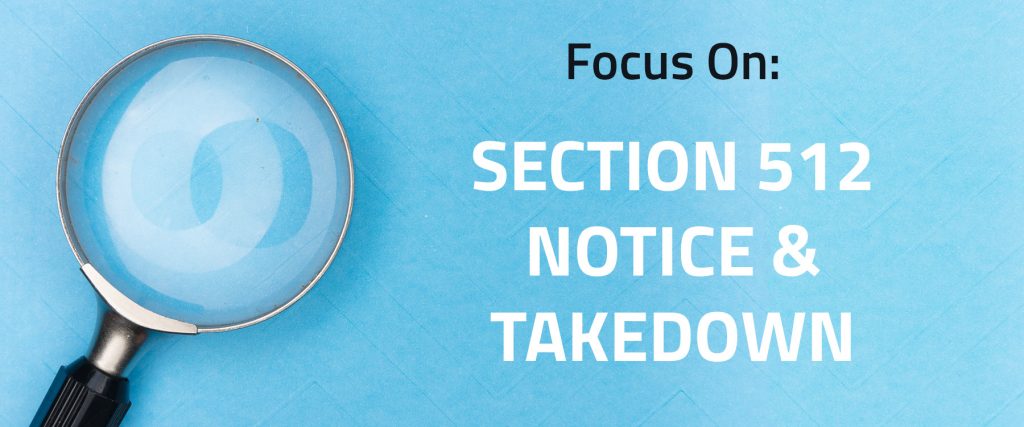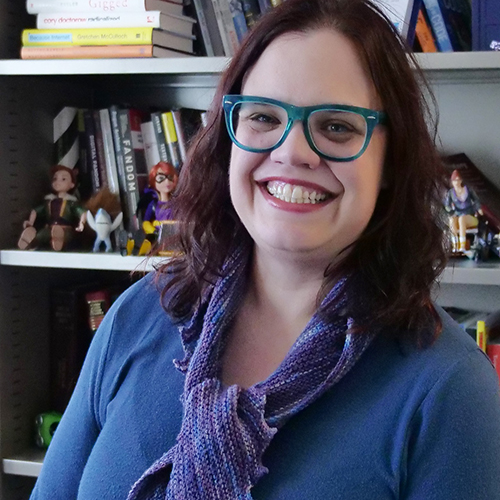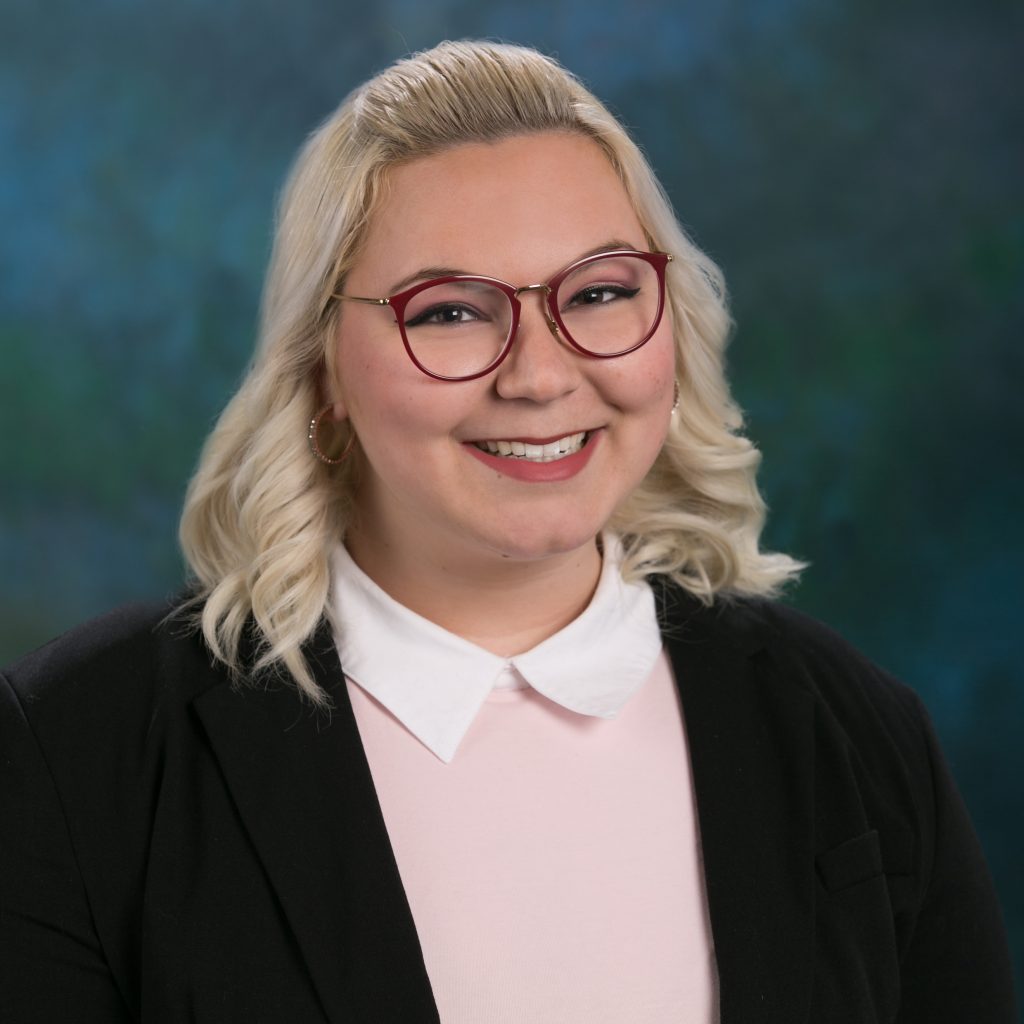
Authors Alliance thanks Professor Casey Fiesler and Corian Zacher for sharing this guest blog post.
* * *
On May 21st, the Copyright Office released a report documenting the results of a study five years in the making. Its goal was to evaluate the current effectiveness of Section 512 of the Digital Millennium Copyright Act, which immunizes internet providers and websites that host user generated content from copyright infringement liability—as long as they provide a system that allows copyright holders to request that infringing content is removed. In practice, Section 512 has enabled websites like YouTube to continue operating without facing excessive legal costs and copyright infringement judgments. In other words, every time you see a “this video is no longer available due to a copyright claim” message, you’re seeing the results of a compromise—because without DMCA 512 takedown procedures, those copyright owners might have just sued YouTube out of existence instead.
One obvious conclusion of the study was that “no potential solution(s) will please everybody” (pg 68). However, the problem is that “everybody” as defined by the Copyright Office study seems to include only two categories of stakeholders: online service providers (OSPs, like YouTube) and large-scale copyright owners like movie studios and record companies. Even in concluding that “the notice-and-takedown system as experienced by parties today is unbalanced” (pg 72) (which we agree is true), nowhere do we see the experiences of another relevant category: content creators who make fair uses of copyrighted content. The Copyright Office virtually ignored these “transformative creators,” along with other kinds of Internet content consumers.
However, these relevant stakeholders are also deeply impacted by the lack of balance in DMCA 512. The fact that platforms like YouTube have entrusted copyright analysis with algorithms rather than human content moderators has resulted in the improper removal of many non-infringing works, particularly those that transform copyrighted content in a way that constitutes fair use—for example, remix videos, or videos that reference movie clips in order to critique a film or educate students through distance learning. The Copyright Office acknowledges that the goal of Section 512 is balancing the needs of all relevant parties, but at the same time, it vastly underestimates the extent that improper takedown notices affect users. The nod to “inaccurate notices” (when non-infringing content receives a takedown request) even focuses on the cost incurred to the OSP—with no acknowledgment of the cost to the non-infringing content creator (pg 148).
However, there is a very real cost to transformative content creators as well, and they should be a relevant stakeholder in policy discussions. Inaccurate takedown notices have a tremendous impact on all creators’ ability to share their work online, and those repeatedly accused of infringing may lose content and accounts as a result. These stakes are particularly heartfelt by small creators, who rely on the reach of platforms to share their content.
In 2017, we collaborated with the Organization for Transformative Works to conduct a survey of fan creators that focused on experiences with and attitudes about copyright, including the DMCA. There were over 2,000 survey respondents, and our qualitative analysis of these answers revealed a number of salient points drawn from real-world experiences with DMCA takedowns. Our conclusion is that between chilling effects and improper takedowns, DMCA 512 procedures have resulted in a great deal of non-infringing transformative content being lost from the internet.
The imbalance here is one of power. Most instances where participants reported that their works were accused of infringing another’s copyright involved fanvids (a type of remix video), generally on YouTube. Participants suggested that YouTube’s application of Section 512 adversely impacts works that constitute fair use because YouTube’s automated system flags content that contains any amount of copyrighted work. After all, if even judges and lawyers reasonably disagree about what constitutes fair use, how could an algorithm make that judgement? Moreover, when a video is taken down because a platform’s automated system flags it, the burden shifts to users to have their work reinstated. Faced with that burden, participants also wrote about how “scary” the process is; even YouTube’s “Copyright School” video suggests that remix video creators should consult a lawyer and emphasizes that they could “get into a lot of trouble” if they file a counter-notice incorrectly. Additionally, fan creators frequently use pseudonyms (as do many content creators) and might be wary of providing their real name on a legal document that would be connected to their account pseudonym, as is required by a counter-notice.
We heard from a number of participants who had their transformative content flagged and decided not to try to file counter-notices, because they were concerned about doing it incorrectly, they were confused by the process, or lacked the time to try to figure it out. However, from the few that did, they were often successful—suggesting that platforms remove content without considering whether the work was a fair use or not, or the work would not have been flagged in the first place. Considering the number of users who simply don’t fight it when their work is taken down, we can reasonably conclude that platforms are frequently removing non-infringing fanworks. Moreover, repeated experiences of takedowns often lead to users abandoning a platform altogether.
Overwhelmingly, the fan creators represented in our survey viewed the lack of balance in the takedown process as stifling their creativity and hindering their ability to share their work. The harm of failure to consider fair use was particularly powerful: Participants whose works were removed explained that they believed that their works constituted fair use, offered examples of uses that fit squarely within fair use by being noncommercial and being used for criticism and parody, and discussed how removal of those works harmed their individual creativity and ability to participate meaningfully in their community.
By assuming that all users are “infringers” or “pirates” and therefore an adversary to the 512 process, the Copyright Office does a disservice to the many content creators who reasonably and legally rely on fair use. Instead, they should be considered a stakeholder along with OSPs and copyright holders, such that their benefits and harms are part of the balance as well.
* * *

Casey Fiesler is an Assistant Professor of Information Science at University of Colorado Boulder, where she studies online communities, governance, and ethics. Her dissertation work for a PhD in human-centered computing (following a law degree) examined the chilling effects of platform design and policy on transformative content creators. She is a member of the OTW legal committee.

Corian Zacher is a May 2020 graduate of the University of Colorado Law School. Her research focuses on technology law and policy.
Discover more from Authors Alliance
Subscribe to get the latest posts sent to your email.
